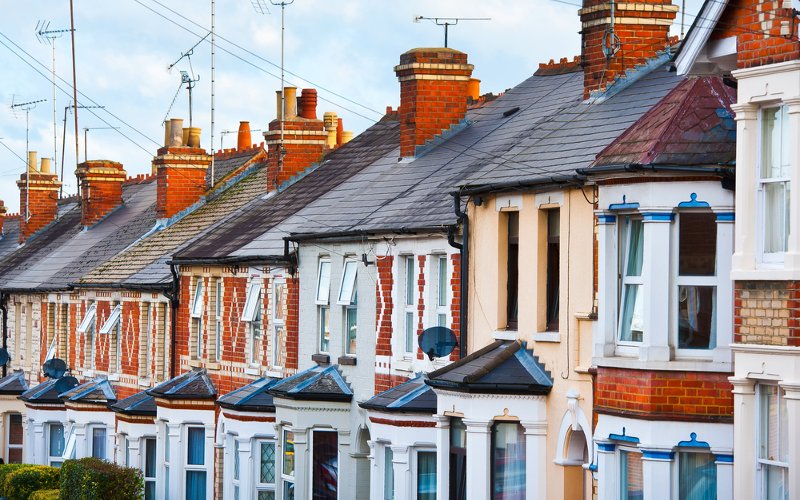Although the growth in FTBs slowed to just 3%, compared to an increase of 10% last year, the number of homeowners getting on to the property ladder for the first time is up from 154,200 in the same period in 2016 and more than double the market low in the first half of 2009 (72,700).

The number of first-time buyers (FTBs) reached an estimated 162,704 in the first six months of 2017, only 15% below the peak of the last boom in 2006 (190,900), according to the latest Halifax First Time Buyer Review.
A decade ago, just over a third (36%) of all house purchases financed by a mortgage were made by first-time buyers. In 2017, this proportion is estimated to have risen to almost half (47%), with the share growing from 44% since the launch of the Help to Buy scheme in April 2013. Whilst the homemover (current owner occupier) market has slowed, housing activity has been dependent on buyers taking the first step on the ladder.
Martin Ellis, housing economist at Halifax, said: “Although the number of first-time buyers grew at a slower rate in the first half of the year compared to 2016 the levels remain healthy and the market is achieving record average house price for first-time buyers.
“For the third time in four years the numbers getting on the housing ladder have exceeded 150,000 – a level of momentum not seen since before the financial crisis.
“High levels of employment, low mortgage rates and government schemes such as Help to Buy have also helped these numbers remain robust, as first-time buyers continue to form a fundamental part of the UK housing market.”
In the first half of 2017, the average house price paid by first-time buyers was £207,693 – the highest on record. In the past year the average value of a typical first-time buyer home has grown by 4% from £199,414. And in the past five years, the average price has grown by 50% from £138,663 to £207,693 (an increase of 50% or £69,025), comfortably outperforming price growth across the entire market (42%).
In London, first-time buyers have seen the average price skyrocket by 66% (or £163,664) since 2012 to £409,975 – the highest on record. Not only is the average price in London three and a half times higher than in Northern Ireland (£115,269) – it is also 48% higher than the second most expensive region, the South East (£276,773).
The average first-time buyer deposit was £32,899 in the first six months of 2017 – 16% of the purchase price. Not surprisingly the largest deposits being put down are in London, more than three times the national average of £106,577; whilst Northern Ireland is half the UK average (£16,457).
Four regions (all in southern England) have seen the average deposit at least double. In London the average deposit by new entrants to the housing market has jumped four-fold in the past decade, from £26,701 to £100,445 – an increase of 276%.
As house prices for a typical first-time buyer property have risen, there has also been a growing trend in longer mortgage terms than the more traditional 25-year term. In 2007, nearly half (48%) of first-time buyers had a mortgage term of between 20 and 25 years, whilst 38% were for between 25 and 35 years. In 2016, this mix has markedly reversed, with 56% of mortgages at a term of 25 to 35 years or more, while the 20 to 25-year mortgage terms have fallen to 26%.
The 10 least affordable Local Authority Districts (LADs) for FTBs are all in London. The least affordable is Brent where the average FTB property price of £459,499 is 12.5 times gross average annual earnings in the area.
Stirling in Scotland is the most affordable LAD in the UK with an average property price of £136,181 – 2.9 times local annual average gross earnings. Copeland in the North West is the most affordable in England (3.2). Seven of the 10 most affordable LADs for FTBs are in Scotland.



